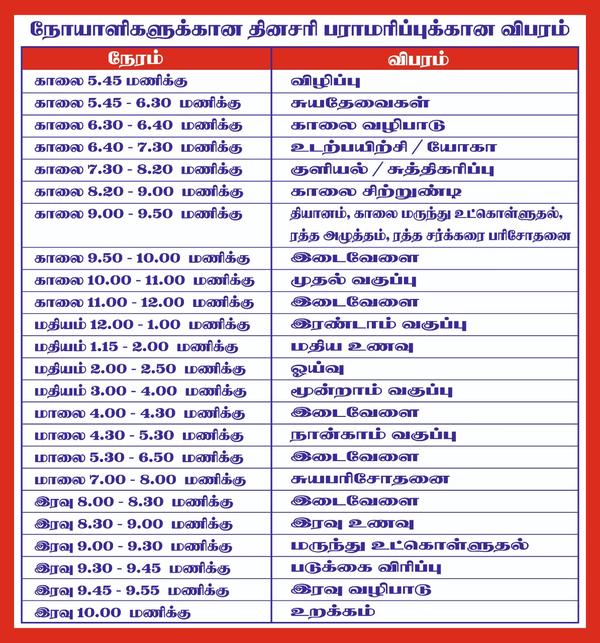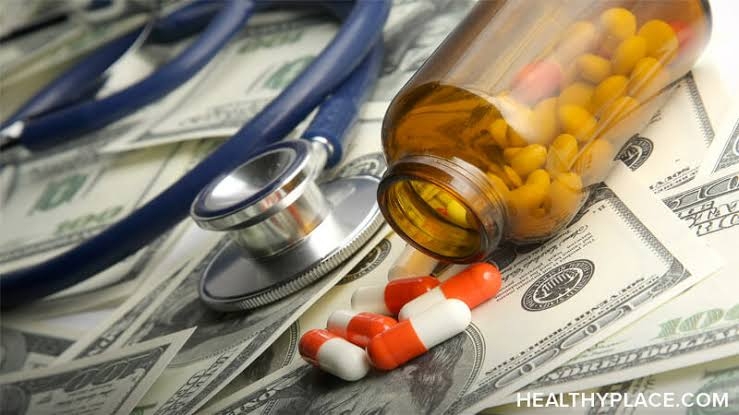
What Are Commonly Abused Drugs? Marijuana (a...

What Are Commonly Abused Drugs? Marijuana (also known as grass, pot, weed, herb): Marijuana, which comes from the plant Cannabis sativa, is the most commonly used illegal drug in the United States. The active ingredient in the plant, delta-9-tetrahydrocannabinol (THC), is associated with intoxication. Marijuana resin, called hashish, contains an even higher concentration of THC. The drug is usually smoked, but it can also be eaten. Its smoke irritates your lungs more and contains more cancer-causing chemicals than tobacco smoke. Common effects of marijuana use include pleasure, relaxation, and impaired coordination and memory. Often the first illegal drug people use, marijuana is associated with increased risk of progressing to the use of more powerful and dangerous drugs such as cocaine and heroin. The risk for progressing to cocaine use is 104 times higher if you have smoked marijuana at least once than if you never smoked marijuana. Synthetic (man-made) forms of marijuana (often called K2, Spice, Black Mamba, Blaze and Red X) can be smoked or otherwise inhaled. It is an increasing health risk, in that it can produce the same impairment in judgment, addiction, and inability to function as marijuana and go undetected by conventional drug testing. Some preparations of synthetic marijuana are much more potent than traditional marijuana, leading to a higher occurrence of becoming delirious, having seizures, or a stroke. Cocaine (also known as crack, coke, snow, blow, rock): In 2010, an estimated 1.5 million people over 12 years of age abused cocaine in the United States. Derived from the coca plant of South America, cocaine can be smoked, injected, snorted, or swallowed. The intensity and duration of the drug's effects depend on how you take it. Desired effects include pleasure and increased alertness. Short-term effects also include paranoia, constriction of blood vessels leading to heart damage or stroke, irregular heartbeat, and death. Severe depression and reduced energy often accompany withdrawal. Both short- and long-term use of cocaine have been associated with damage to the heart, the brain, the lung, and the kidneys. Heroin (also known as dope, smack, horse): A 2010 National Household Survey on Drug Abuse indicated that the average age when Americans use this drug for the first time is about 21 years of age, including 140, 000 who reported using it for the first time in the year prior to the time the survey was taken. Effects of heroin intoxication include drowsiness, pleasure, and slowed breathing. Withdrawal can be intense and can include vomiting, abdominal cramps, diarrhea, confusion, aches, and sweating. Overdose may result in decreased breathing to the point of stopped breathing and death. Because heroin is usually injected, often with dirty needles, use of the drug can trigger other health complications including destruction of your heart valves, tetanus, and botulism, and infections like HIV/AIDS or hepatitis. Methamphetamines (also known as meth, crank, ice, speed, crystal): Use of this drug also has increased, especially in the West. Methamphetamine is a powerful stimulant that increases alertness, decreases appetite, and gives a sensation of pleasure. The drug can be injected, snorted, smoked, or eaten. It shares many of the same toxic effects as cocaine -- heart attacks, dangerously high blood pressure, and stroke. Withdrawal often causes depression, abdominal cramps, and increased appetite. Other long-term effects include paranoia, hallucinations, weight loss, destruction of teeth, and heart damage. Anabolic steroids: This group of drugs includes testosterone, which is the natural male hormone. It also includes a number of other synthetic forms of testosterone. Steroids are often abused by bodybuilders or other athletes to increase muscle mass or improve performance. These types of substances seem to be associated with a number of mental-health effects, like dependence on the substance, mood problems, and developing other kinds of drug abuse. Club drugs: The club scene and rave parties have popularized an assortment of other drugs. Many young people believe these drugs are harmless or even healthy. The following are the most popular club drugs: Ecstasy (also called MDMA, E, X, E pills, Adam, STP): This is a stimulant and hallucinogen used to improve mood and to maintain energy, often for all-night dance parties. Even onetime use can cause high fevers to the point of inducing a seizure. Long-term use may cause damage to the brain's ability to regulate sleep, pain, memory, and emotions. GHB (also called Liquid XTC, G, blue nitro): Once sold at health-food stores, GHB's effects are related to dose. Effects range from mild relaxation to coma or death. GHB is often used as a date-rape drug because it is tasteless, colorless, and acts as a powerful sedative. Rohypnol (also called roofies, roche): This is another sedative that has been used as a date-rape drug. Effects include low blood pressure, dizziness, abdominal cramps, confusion, and impaired memory. Ketamine (also called Special K, K): This is an anesthetic that can be taken orally or injected. Ketamine (Ketalar) can impair SAARAL DE ADDICTION AND PSYCHIATRY HOSPITAL the Best Alcohol Deaddiction Centre In Pollachi. Alcohol Rehabilitation Centres In Pollachi, Rehabilitation Centre For Alcohol In Pollachi, De Addiction Centres In Pollachi, Alcohol De Addiction Centres In Pollachi, Alcohol Deaddiction Doctors In Pollachi, Drug De Addiction Centres In Pollachi, Rehabilitation centres in Pollachi
Subscribe for latest offers & updates
We hate spam too.


